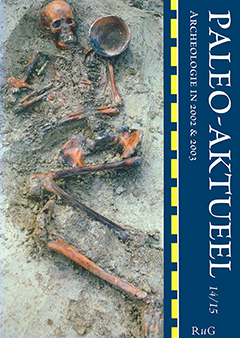Moleculair onderzoek aan oude tarwe uit Egypte
Samenvatting
The archaeobotanical research at Berenike (Red Sea, Egypt) was aimed at studying the economy of the port, which was almost completely dependent on food supply and the trade of luxury items, including botanical commodities. The archeobotanical research is continued in the Fayum, directed by the Groninger Institute of Archaeology (GIA-RUG) and the University of Los Angeles in California (UCLA). The Fayum is of particular interest because of the early evidence of agriculture and because of the commercial grain production during the Graeco-Roman period. Part of the archeobotanical research deals with the domestication history of Egyptian wheat, focused on tracing the origin of Egyptian wheat and the identification of free-threshing wheat based on grain kernels, as well as the reconstruction of distrubution patterns of wheat during the Graeco-Roman period. As none of these questions can be answered by research based on morphological analysis of subfossil remains only, a pilot project has been started in conjunction with the department of Molecular Biology of Plants (MBP-RUG) to study the ancient DNA of wheat. This study is aimed at developing methods to identify wheat samples from different areas and periods on the basis of DNA characteristics (DNA ‘fingerprints’). Being independent from the patchy evidence offered by written sources for the historical period, DNA fingerprints from archeological contexts can be used as a direct and independent source of information for tracing the origins of wheat. The first results, dealing with the analysis of DNA from 300- year-old spelt wheat and 1500-year-old hard wheat from Berenike (in cooperation with the Institut für Prähis-torische und Naturwissenschaftliche Archäologie, Universität Basel and the Department of Biomolecular Sciences at Manchester UMIST) are presented, and the prospects of molecular archaeology in Egypt are discussed.

